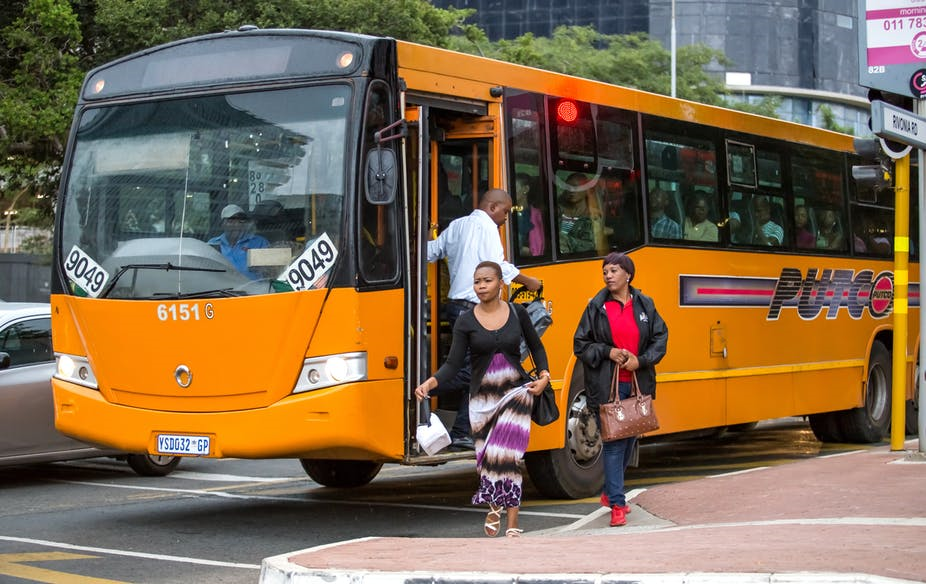Economic disparities, inequality and unemployment, particularly among young people, remain pervasive in South Africa. Lack of access to services and inadequate living conditions also affect people’s quality of life, health and well-being.
Urban living holds the promise of improved conditions. But many people relocating to South Africa’s metropolitan areas have to contend with a host of challenges. These include crowded living conditions, informal housing, inadequate sanitation, and possible exposure to crime and violence. Added to this is the fact that it’s difficult to access education, employment and healthcare.
In situations where migration to an urban area is temporary, migrants tend to live on as little as possible. This means they may choose the cheapest accommodation available in close proximity to places of work. By doing this, they maximise the amount of money they are able to send back to rural households.

